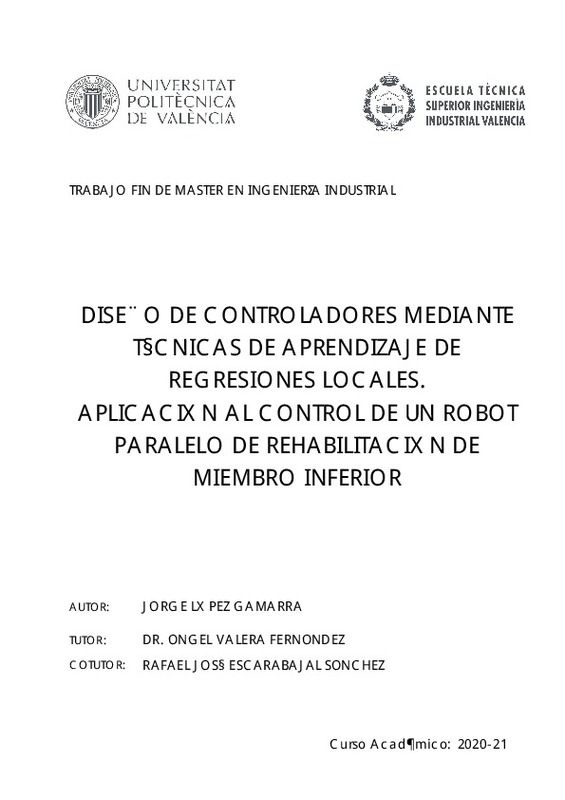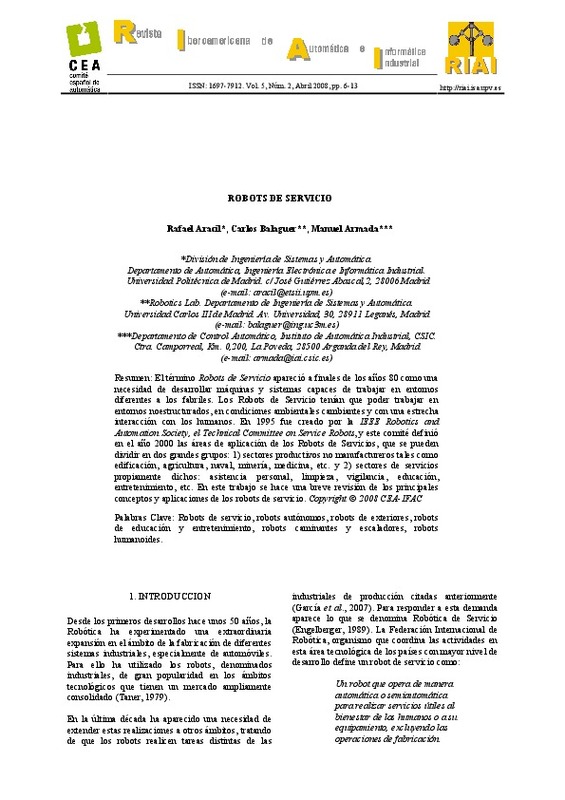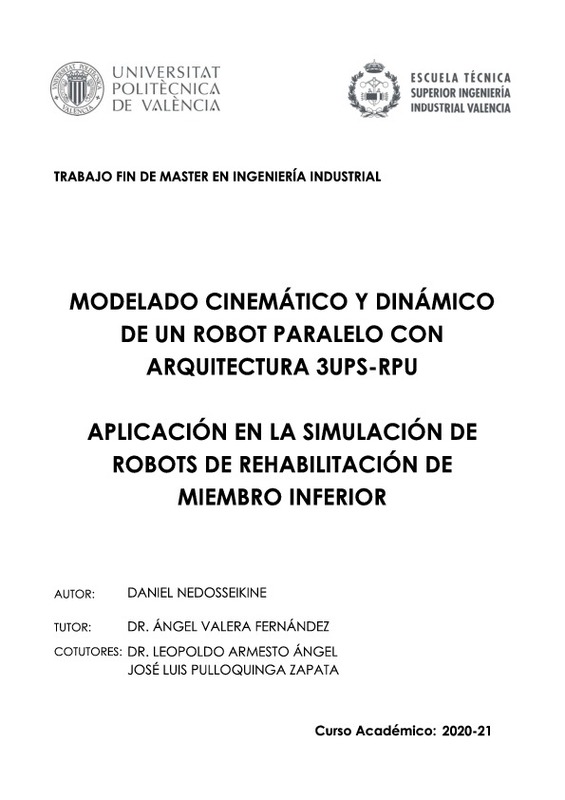JavaScript is disabled for your browser. Some features of this site may not work without it.
Buscar en RiuNet
Listar
Mi cuenta
Estadísticas
Ayuda RiuNet
Admin. UPV
Diseño de controladores mediante técnicas de aprendizaje de regresión locales. Aplicación al control de un robot paralelo de rehabilitación de miembro inferior
Mostrar el registro completo del ítem
López Gamarra, J. (2021). Diseño de controladores mediante técnicas de aprendizaje de regresión locales. Aplicación al control de un robot paralelo de rehabilitación de miembro inferior. Universitat Politècnica de València. http://hdl.handle.net/10251/174737
Por favor, use este identificador para citar o enlazar este ítem: http://hdl.handle.net/10251/174737
Ficheros en el ítem
Metadatos del ítem
| Título: | Diseño de controladores mediante técnicas de aprendizaje de regresión locales. Aplicación al control de un robot paralelo de rehabilitación de miembro inferior | |||
| Autor: | López Gamarra, Jorge | |||
| Director(es): | ||||
| Entidad UPV: |
|
|||
| Fecha acto/lectura: |
|
|||
| Resumen: |
[ES] En la actualidad las técnicas de aprendizaje autónomo suponen una de las grandes vanguardias de la estadística y los nuevos métodos de control y predicción. Su integración en los controladores de robots permite una ...[+]
[EN] Nowadays, machine learning techniques represent one of the great avant-garde of statistics and new methods of control and prediction. Their integration in robot controllers allows an improvement in the per-formance ...[+]
|
|||
| Palabras clave: |
|
|||
| Derechos de uso: | Reserva de todos los derechos | |||
| Editorial: |
|
|||
| Titulación: |
|
|||
| Tipo: |
|
recommendations
Este ítem aparece en la(s) siguiente(s) colección(ones)
-
ETSII - Trabajos académicos [10404]
Escuela Técnica Superior de Ingenieros Industriales










